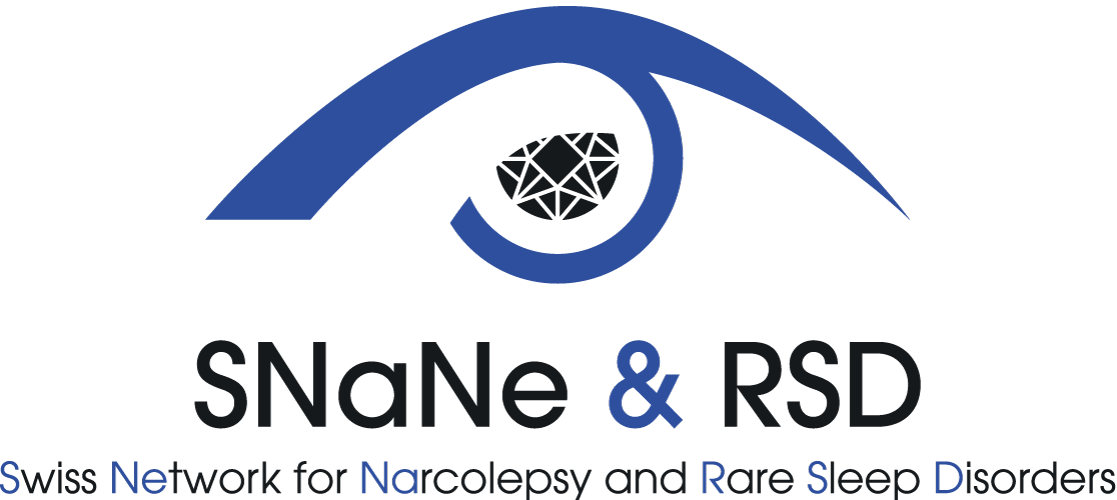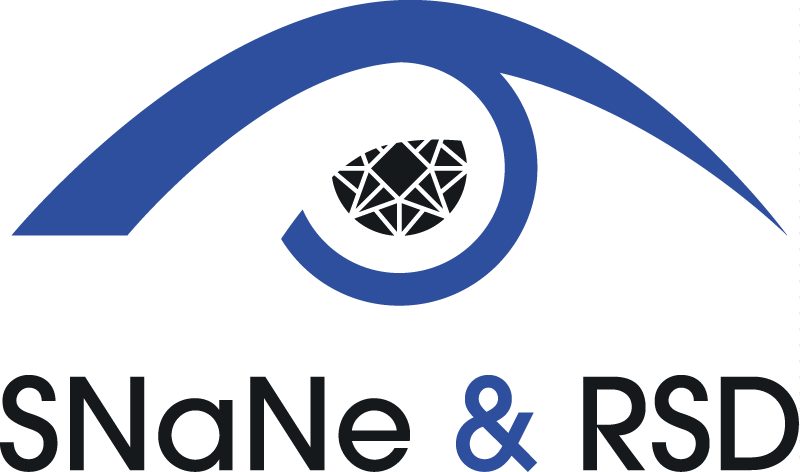
Clustering of Central disorders of hypersomnolence
Narcolepsy Typ1(NT1) is one of the best-known and a well characterized entity within the group of Central disorders of hypersomnolence (CDH).
But how many types of CDH exist?
and
How do they differ in clinical presentation?
In the largest study to date on CDH, Swiss researchers from the SNaNe (Zhongxing Zhang and Ramin Khatami) in cooperation with a Dutch research group (Jari Gool and Gert Jan Lammers) pursued these questions. The usual way to provide answers for such questions is by convention of experts` opinion. This traditional approach is also the base of the current official classification of sleep disorders (ICSD-3). Though, it carries the risk of strong influences by the expert`s subjective estimates and experience. Results from recent studies have raised doubt on whether some of currently defined CDH, e.g. type 2 Narcolepsy (NT2) and Idiopathic hypersomnia (IH), are stable entities.
In their new approach, the researchers used unsupervised, data-driven methods by which the data itself- without any prior assumptions- will identify subgroups within the hypersomnolent population. They took data from more than 1000 patients from the large database of the European Narcolepsy Network (EU-NN) and subjected nearly 100 variables per patient to a machine learning algorithm. The variables covered nearly all aspects of the disorders, including complaints/symptoms, demographics, sleep lab measures and laboratory parameters to identify different hypersomnolence clusters.
Seven clusters have been identified. Clusters 1, 2, 3 and 4 mainly consisted of patients with cataplexy and probably represent different stages of severity of NT1. Two clusters, largest apart from NT1, were characterized by the absence of cataplexy. The most distinctive variables were the presence of sleep drunkenness, subjective difficulty in waking up, and a different length of sleep duration between weekends and weekdays. These patients, formally diagnosed as NT2 or IH, were evenly mixed in these two clusters.
The results show that the algorithm was able to confirm the diagnosis of NT1 as an own entity, but patients without cataplexy, as defined by the current ICSD-3, should be reassessed in the future. In addition, the results point to promising new variables for more reliable diagnostic criteria. Future classification should result in a more solid and less vulnerable classification system for CDH.
Commentary by Prof. Dr. Ramin Khatami
Head, Center of Sleep Medicine and Epileptology – Klinik Barmelweid, Switzerland
Original article: https://n.neurology.org/content/98/23/e2387


0 comments on Clustering of Central disorders of hypersomnolence